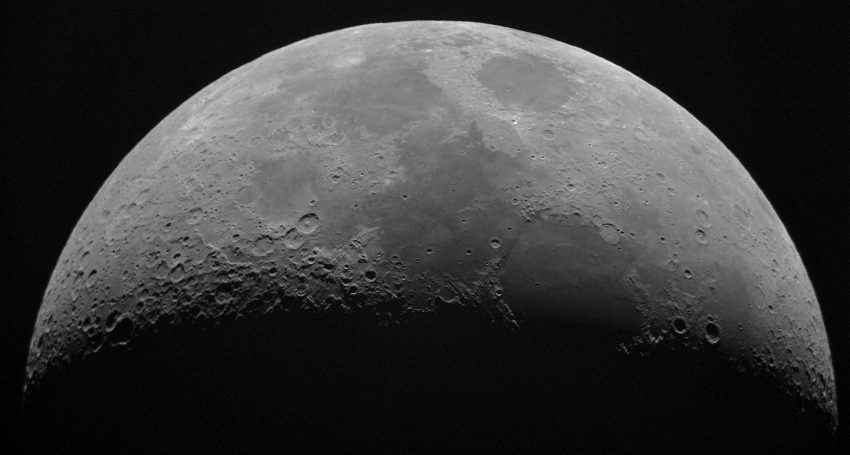Holy Com-moon-ion
Features
“Other than Neil Armstrong who watched respectfully, no-one else knew that the first meal taken on the Moon was Holy Communion,” says The Rev’d Selina McMahon on the 50th anniversary of Apollo 11’s 20 July 1969 Moon landing

On 20 July 1969, Apollo 11 touched down in the Sea of Tranquility on the Moon. As an estimated 600 million people worldwide tuned in to watch the historic moment as Neil Armstrong descended the ladder of the Lunar Excursion Module (LEM) ‘Eagle’ onto the surface of our nearest neighbour in space, few would have been asking what the astronauts would actually be eating whilst on the surface. In fact the answer was kept a secret until after the mission was over for reasons which hark back to an incident which had occurred the previous year and the repercussions which had followed.
As they rounded the far side of the Moon on Christmas Eve 1968, Frank Borman, Jim Lovell and Bill Anders – the crew of Apollo 8 – read the opening lines from the book of Genesis. Most people regarded this as a fitting moment for such an event on such a day, but one particular individual, Madalyn Murray O’Hair (who had previously managed to ban mandatory prayer and Bible reading in America’s public schools) took umbrage. As the founder of American Atheists, she was determined to keep God out of the race for the Moon and decided to take on NASA in the courts for this trumpeting of God before the world. She was adamant NASA should not promote religion on earth, in space or “around and about the moon” since she believed this was a violation of the constitutional separation of Church and State.
Although the court case came to naught, sensitivity was high during the Apollo 11 Moon launch. Edwin ‘Buzz’ Aldrin had decided that, like explorers such as Columbus before him, he would like to take communion on this new world. He discussed his intentions with Mercury 7 astronaut Deke Slayton, who ran the flight crew operations. Slayton expressed concern that this could potentially cause NASA more trouble with O’Hair, but gave the go-ahead whilst suggesting that Aldrin might do it more quietly than he had originally intended.
Advertisement
The plan for the Apollo 11 touchdown was that after a successful landing the crew would take seven hours of rest before they were to take their first walk on the Moon. This was the time Aldrin chose for the simple service. As an Elder at Webster Presbyterian Church near Houston, he had received permission from the church’s general assembly to bring a sealed container of communion wine and consecrated bread with him. These he took out, poured the wine into a small chalice that had been loaned to him by the church and communicated the following message to NASA: “I would like to request a few moments of silence…and to invite each person listening in, wherever and whomever they may be, to pause for a moment and contemplate the events of the past few hours, and to give thanks in his or her own way.” Aldrin then silently read passages from John’s gospel and received communion. Other than Neil Armstrong who watched respectfully, no-one else knew that the first meal taken on the Moon was Holy Communion.
Since then Aldrin has observed that it was not as uniting a gesture as he would have liked it to be since a profoundly Christian ceremony is not inclusive of the rest of the world’s faiths despite the fact that the astronauts intended to go to the Moon in the name of all humanity. However, this personal statement was, in Aldrin’s eyes, the best “way to acknowledge the enormity of the Apollo 11 experience.”
Advertisement
Webster Presbyterian church still celebrates Aldrin’s communion service every July on Lunar Communion Sunday and still hold the chalice that he used whilst there. Although the remaining Moon missions did not feature any further religious ceremonies, other celebrations have taken place in space. In 1994, Holy Communion was taken on board the Space Shuttle, Endeavour. Furthermore, Jewish astronaut Ilan Ramon recited the Shabbat prayer aboard the shuttle Columbia prior to being killed when it exploded on re-entry in 2003. In addition, a relic of St Serafim of Sarnov (a Russian Orthodox saint) was taken aboard the International Space Station by Russian cosmonaut Sergei Ryzhikov in 2017.
There are still those who believe that there is division between science and religion. The truth is that they are a lot closer than many realise.





